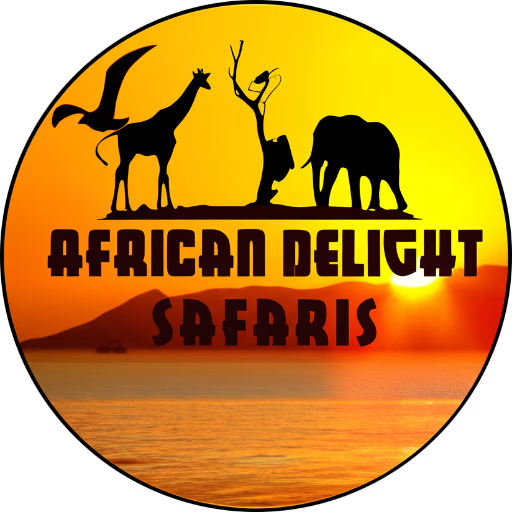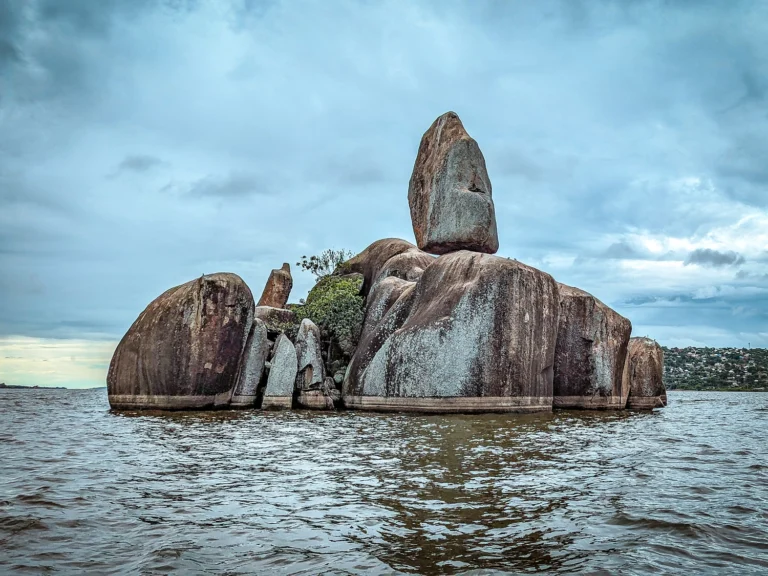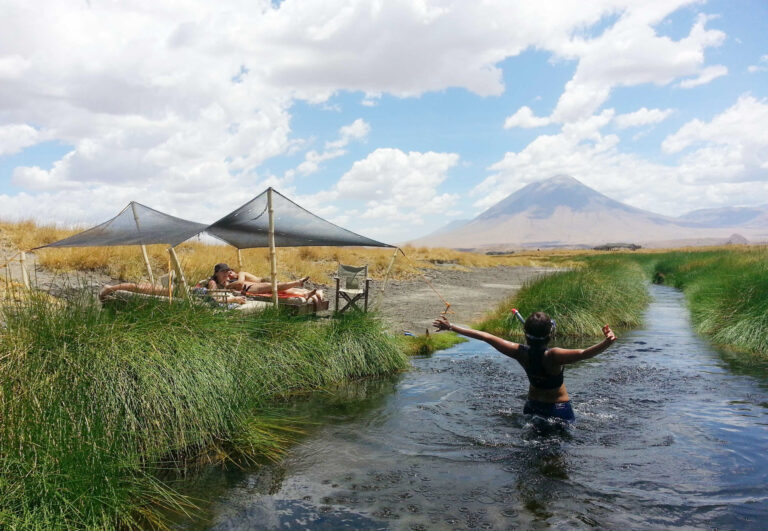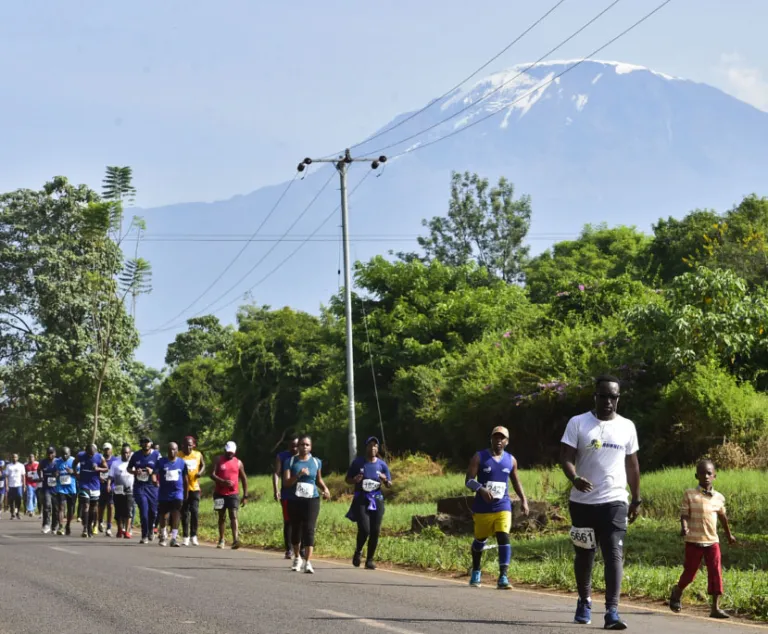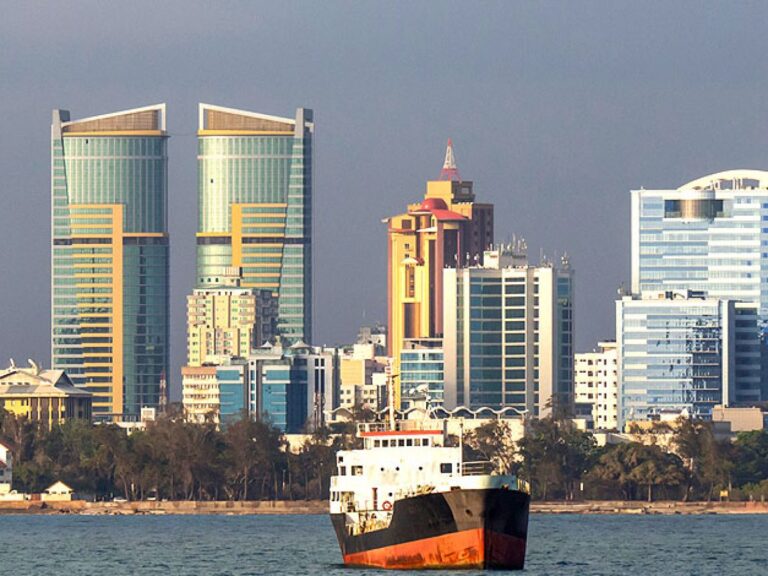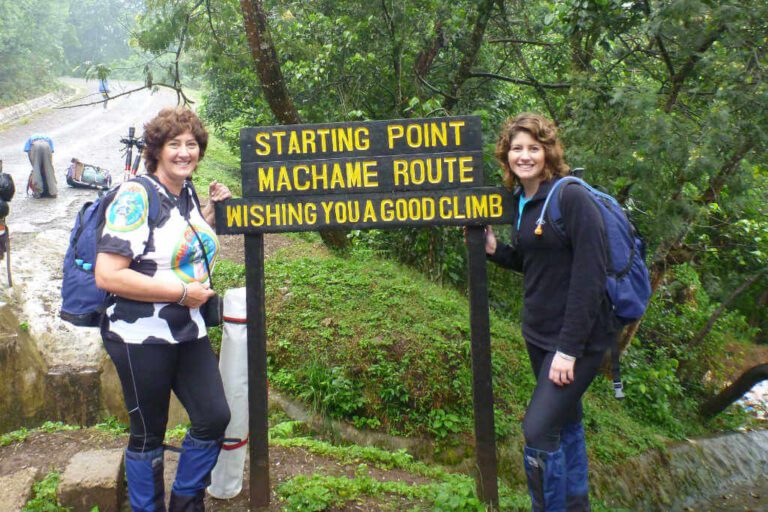The Epic Annual Wildebeest Migration: A Miracle of Survival
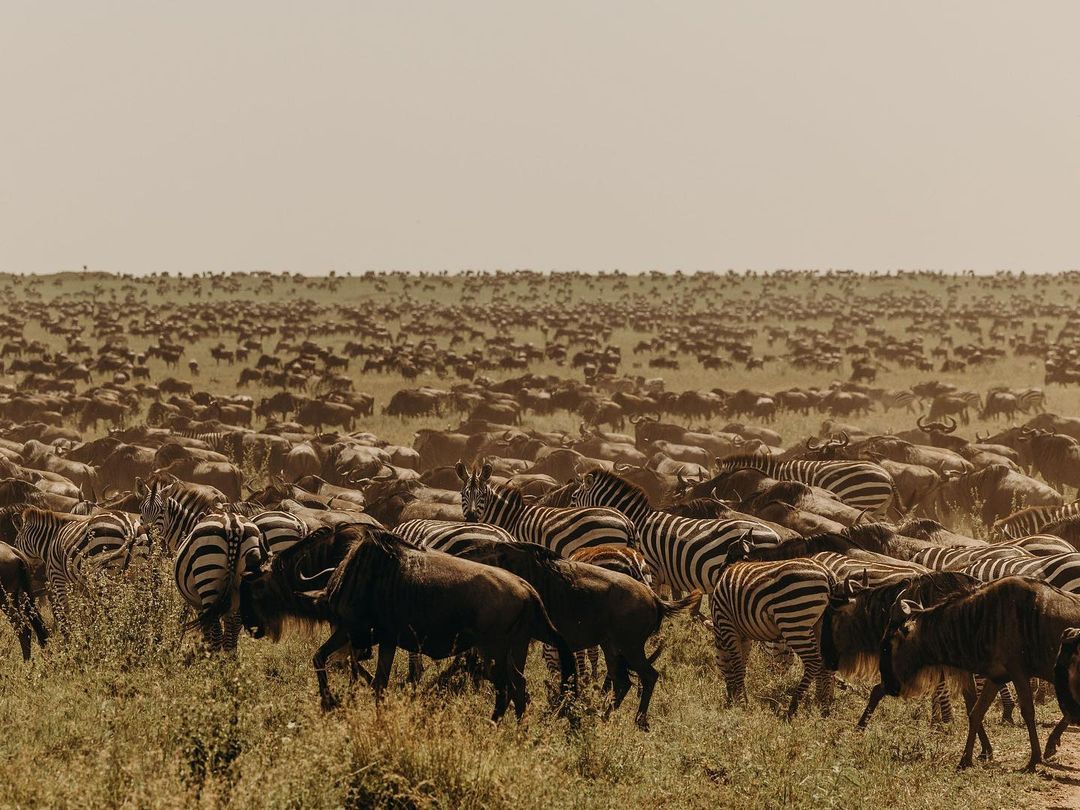
The Extraordinary Phenomenon of Movement
The Great Migration is more than just a simple animal movement – it’s one of the most remarkable natural spectacles on our planet. Each year, approximately 1.5 million wildebeest, accompanied by 200,000 zebras and gazelles, traverse an incredible 1,200-mile circular route through the Serengeti-Mara ecosystem. This annual pilgrimage is a testament to the raw, unfiltered essence of survival, a journey that has remained largely unchanged for millions of years.
Historical Context and Evolutionary Origins
Long before human observation, wildebeest have been making this incredible journey. Fossil records suggest that these migratory patterns date back over 1 million years, with the current species evolving approximately 500,000 years ago. The wildebeest, or gnu, are unique members of the antelope family, having developed extraordinary adaptations that enable their epic migration.
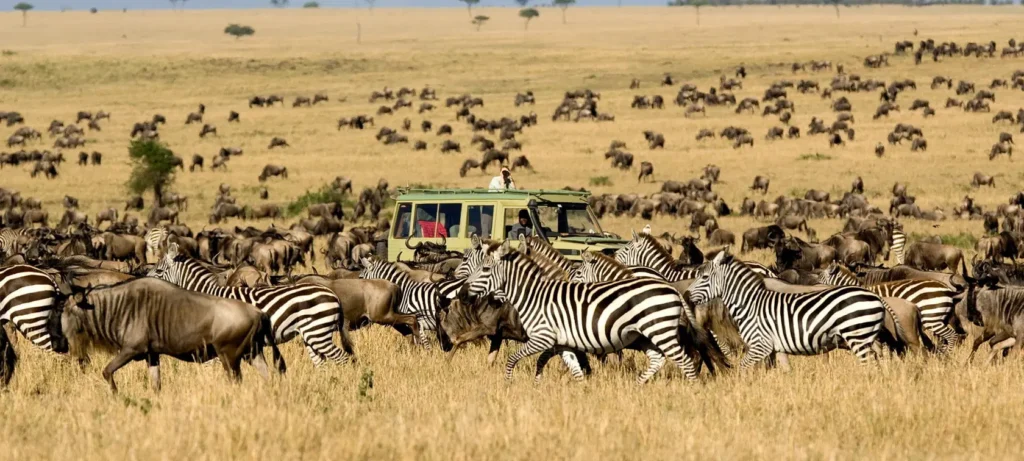
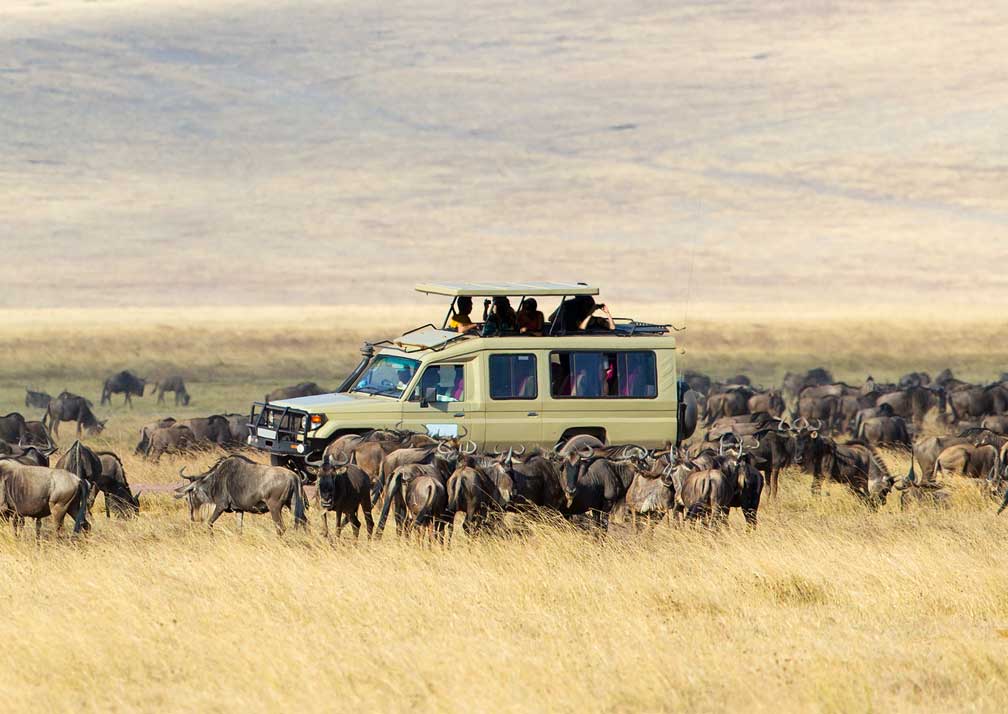
The Ecological Masterpiece: Understanding the Migration’s Complexity
Geological and Climatic Foundations
The Serengeti migration is fundamentally driven by rainfall patterns and grass availability. The Serengeti ecosystem, spanning approximately 12,000 square miles, is a delicate balance of grasslands, woodlands, and riverine systems. Unlike many animal migrations that are triggered by seasonal changes or breeding cycles, the wildebeest migration is uniquely responsive to rainfall and subsequent grass growth.
Unique Ecosystem Interactions
The migration is not just a wildebeest journey but a complex ecological dance. Each species plays a crucial role:
- Zebras graze on taller grasses, preparing grounds for wildebeest
- Gazelles consume shorter grasses
- Predators manage population dynamics
- Scavengers complete the nutrient cycle
The Herd Dynamics
Wildebeest, scientifically known as Connochaetes taurinus, are remarkable creatures. They possess an extraordinary collective intelligence that allows them to navigate complex terrains and make critical survival decisions. Each herd contains multiple generations – from newborn calves to elderly animals – creating a dynamic, self-sustaining community.
Detailed Serengeti Migration Stages: A Month-by-Month Breakdown
January – March: The Calving Season 🐄
Location: Southern Serengeti (Ndutu Plains) Biological Significance: Reproduction and Renewal
During these months, the southern plains transform into a nursery of unprecedented scale. Approximately 8,000 wildebeest calves are born daily during the peak of the calving season. This synchronized birthing is a remarkable survival strategy:
- Predators are overwhelmed by the sheer number of newborns
- Calves can stand within minutes of birth
- The grasslands provide rich nutrition for nursing mothers
Predator dynamics during this period are fascinating. Lions, cheetahs, and hyenas are presented with an abundance of potential prey, but the herd’s collective defense mechanisms – including tight clustering and aggressive protection by adult males – significantly reduce calf mortality.
April – May: Transitional Movement 🚶♂️
Location: Central Serengeti Biological Significance: Preparation and Adaptation
As the southern plains dry out, the herds begin their gradual northward movement. This period is characterized by:
- Continuous grazing
- Gradual herd consolidation
- Initial river crossing preparations
The landscape during these months is a canvas of transformation. Grasslands change color from lush green to golden brown, signaling the impending dry season.
June – July: River Crossing Season 🌊
Location: Western Corridor (Grumeti River) Biological Significance: Survival Challenges
The Grumeti River crossing is perhaps the most dramatic segment of the migration. Here, wildebeest face their most formidable challenge: crossing a river teeming with Nile crocodiles, some measuring up to 20 feet long.
Key Observations:
- Crocodiles can consume up to 50% of attempting crossers
- Crossings are determined by collective herd decision-making
- Each crossing involves intricate social dynamics and risk assessment
The river crossing is not just a physical challenge but a complex social negotiation. Younger and older animals are protected by prime-aged individuals, demonstrating sophisticated herd behavior.
August – October: Northern Serengeti and Maasai Mara 🏔️
Location: Maasai Mara (Kenya) and Northern Serengeti Biological Significance: Peak Migration and Interaction
During these months, the Serengeti migration reaches its most visually spectacular phase. The herds spread across the Maasai Mara, creating a living, breathing landscape of movement.
Predator-Prey Dynamics:
- Lions can consume up to 6-8 wildebeest per pride per week
- Cheetahs and leopards strategically hunt younger or weaker animals
- Hyenas operate in complex social groups, often working collaboratively
November – December: Return Journey 🔄
Location: Moving back to Southern Serengeti Biological Significance: Reproductive Cycle Continuation
The return journey is equally challenging. Herds must navigate back to their breeding grounds, facing potential drought, predation, and exhaustion.
Conservation and Human Impact
The migration is not just a wildlife spectacle but a critical ecological process. Climate change, human settlement expansion, and land-use changes pose significant challenges to this natural phenomenon.
Conservation Efforts:
- Transboundary park management
- Community-based conservation initiatives
- Sustainable tourism practices
Scientific Insights and Research
Ongoing research continues to unveil the migration’s mysteries. GPS tracking, drone surveillance, and genetic studies are providing unprecedented insights into herd behavior, migration patterns, and evolutionary adaptations.
Technological Monitoring of the Migration
Modern technology has revolutionized migration tracking:
- Satellite tracking collars
- Drone surveillance
- Remote sensing techniques
- Population count algorithms
Practical Visitor Guidance
- Best Viewing Periods:
- June-July for river crossings
- August-October for peak migration
- Recommended Equipment:
- High-quality telephoto lens
- Binoculars
- Neutral-colored clothing
- Ethical Viewing Practices:
- Maintain safe distances
- Use responsible tour operators
- Minimize environmental impact
Philosophical Reflection
“In the great migration, we witness more than animal movement – we see life’s most fundamental narrative of survival, adaptation, and collective resilience.
